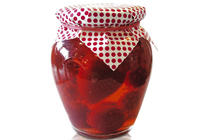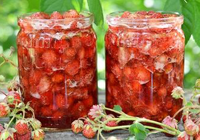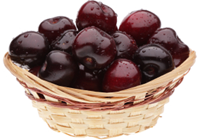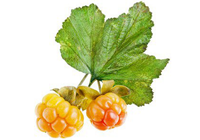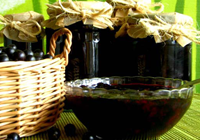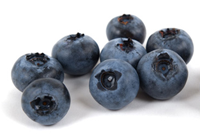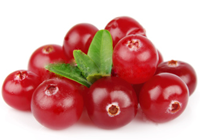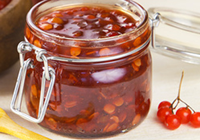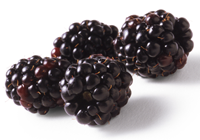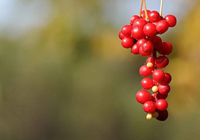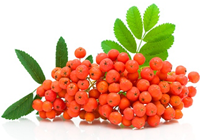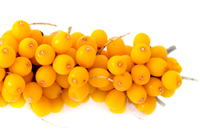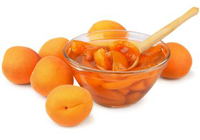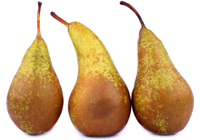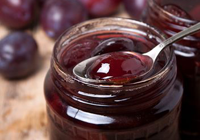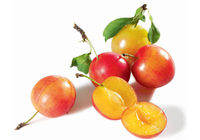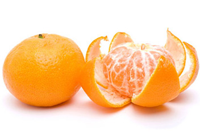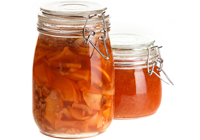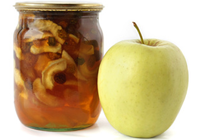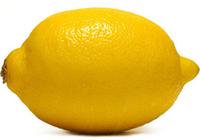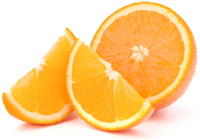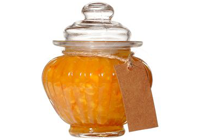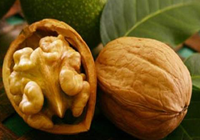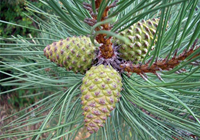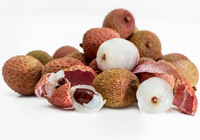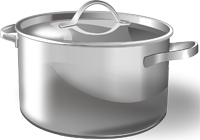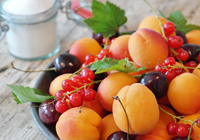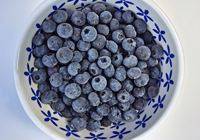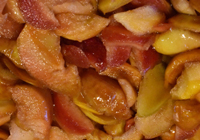How to make jam
General principle
Berries or fruits are peeled, washed and cut as desired, and then boiled with sugar. Sugar is a strong preservative, so any jam can be stored for a long time, and if you follow the rules of hygiene, the jam will last all winter.
1. The proportions of fruits and sugar when making jam.
As a rule, 1 kilogram of sugar is taken for 1 kilogram of berries.
2. What to make jam in?
The jam is boiled in a brass or steel dish - ideally, large enough pots so that the lower layers of the fruit do not soften under the weight of the upper ones.
3. Storage of jam.
The jam must be poured into prepared jars: washed in hot water with the addition of soda and warmed up to complete dryness in the oven (at a temperature of 60 degrees for 10 minutes). Store the jam at a temperature of 5-25 degrees in a dark place, at least occasionally ventilated.
4. On what heat to cook the jam?
The jam must be cooked over low heat so that it does not burn and so that all the nutrients do not boil down.
5. When is the jam ready?
The jam is cooked when a drop of syrup becomes very tight.
6. Should the jam be skimmed?
Remove the foam when making jam.
7. What if the jam doesn't thicken?
It is recommended to bring the jam to a boil again. Or add a little gelling component. You can use lemon juice - it will release the natural gelatin contained. Another option is to use dry powder.
8. How to cook jam without cooking? :)
For one jar of fruit, take 1 jar of sugar (or for 1 kilogram of fruit - 2 kilograms of sugar), grind with a mixer. Store the grated mass in the refrigerator.
9. How to organize storage of jam?
To store the jam, you can print labels with the name of the blanks and the date. Or just write on the bank with a marker.
Jam cookware
The jam is boiled in a saucepan or basin... The good thing about the basin is that the large open surface provides enhanced evaporation of the liquid - the jam will be thick, but the fruits or berries will not be overcooked. The casserole is more convenient to use, it takes up less space on the stove or on the table between the stages of cooking the jam.Can be used:
Enamel cookware - suitable for making jam. But it is worth considering that even a small chip of enamel makes it impossible to use a bowl or pan.
Stainless steel cookware is suitable for cooking jam, but sometimes the finished product takes on a "metallic" taste.
Can not use:
Copper basins, although traditionally considered the best jams. Modern research shows the opposite - copper is not suitable for making jam. Fruits and berries contain an acid that can dissolve copper oxides, which appear in the form of a patina (dark coating) on the surface of the dishes. Even if the basin is ripped to a shine, it is still not worth using it for cooking - copper ions destroy ascorbic acid, depriving the jam of even a minimal amount of vitamin C.
Aluminum cookware categorically can not be used for cooking jam. Fruit acid destroys the oxide film on the walls of the pot or bowl and aluminum molecules enter the product.
It is better to pour the jam into jars with a small ladle, because the necks of the jars are usually narrow - there is a risk of jam spilling.
About sugar in jam
- Sugar when cooking jam acts as a sweetener, thickener and preservative.When cooking jam, sugar is divided into fructose and glucose, this contributes to its rapid absorption by the body.- When making jams, sugar is most often used, obtained from sugar beets and cane. Exotic types of sugar: maple, palm, sorghum are rare in Russia and are not used for making jam, as well as brown unrefined raw cane sugar.
- If you reduce the rate of sugar filling, the jam will be less high in calories. But there is a risk at the exit to get the consistency of compote, not jam. Sugar can be substituted with pectin-based food additives. These are "Confiture", "Quittin", "Zhelfix" and the like, improving the consistency of jam.
Jam making methods
1 way of making jam - classic
1. Pour sugar into a bowl.2. Pour the sugar over with cold water.
3. Put the dishes on the fire.
4. Stir the sugar until completely dissolved.
5. Bring the syrup to a boil.
6. Boil the syrup for 2 minutes and turn off the heat.
7. Add berries.
8. Cool the jam for 5 hours.
9. Put on fire, bring to a boil again and cook for 10 minutes, stirring gently and skimming off the foam.
10. Cool again.
11. Bring to a boil for the last time and cook for 3 minutes.
12. Cool and pour the jam into jars.
2 way to make jam - fast
1. Wash and dry the fruits.2. Put the fruits in a bowl.
3. Add sugar and stir.
4. Leave for 5 hours.
5. Put the basin on fire.
6. Bring to a boil, stirring regularly.
7. Cook for 5 minutes.
Jam jars
Glass jars are used to store the jam. The cans are closed with tin lids using a seaming machine or twist lids - they come in different diameters, you need to select the cans that are suitable in size to the neck.Prepared jam is placed in clean dry jars. If the product is packaged in a jar where there are drops of water, then the jam will not be stored - it will become moldy or fermented. Banks are washed with hot water and soda. It is necessary to rinse the jar inside and outside with water, pour a teaspoon of soda on a sponge and thoroughly wipe first the inner and then the outer surfaces of the cans. Then rinse the jar thoroughly with water. The fact that the jar is well washed is evidenced by the characteristic creak when you run your finger over its surface. It is better not to use household chemicals (dish detergents). These products have a strong odor that lingers on the dishes and can spoil the flavor of the jam itself. Wash the lids thoroughly with baking soda.
Clean jars in which it is planned to store jam must be sterilized. For this:
1. Pour water into a saucepan, install a special holder for jars and put on medium heat.
2. When the water boils, place the jar on the holder with the bottom up (the neck goes into the opening of the holder). Steam the jar for 5 minutes.
3. Remove the jar from the holder (using a towel or oven mitts) and place the neck down on a clean towel. After five minutes, put the jar on its side - so the wet steam will escape outside, and the hot walls of the jar will dry the inner surface. After 5 minutes, a clean, dry jar can be used as directed.
4. The lids also need to be sterilized: place in a saucepan with boiling water and boil for 5 minutes. Take out (pry with a fork) and put to dry on a clean towel.
More ways to sterilize cans:
- Pour 5-5 centimeters of water into a wide saucepan, install the microwave oven rack and put the jars upside down. When the water boils, the steam will sterilize the jars. So it is necessary to sterilize them for 15 minutes.
- strengthen the jar on the spout of a boiling kettle;
- pour boiling water over the jar and let stand for 10 minutes under the lid;
- in the microwave: pour a little (about 1 centimeter from the bottom) water into the jar. Put in the microwave, power 700 W, processing time 2 minutes;
- in the oven: put wet jars on a baking sheet. Turn on the oven.Heating temperature is not more than 130 degrees, processing time is about 5 minutes (until the cans are dry inside and outside);
- in a multicooker: pour 2 glasses of water into the bowl of the appliance, place the jars in a grid for steaming. "Baking" or "Steam cooking" modes. Processing time 5 minutes after boiling water. This method is good for small jars.
Attention! Overheating or temperature changes (for example, cold water gets into a hot jar) the jar may burst. Be careful!





